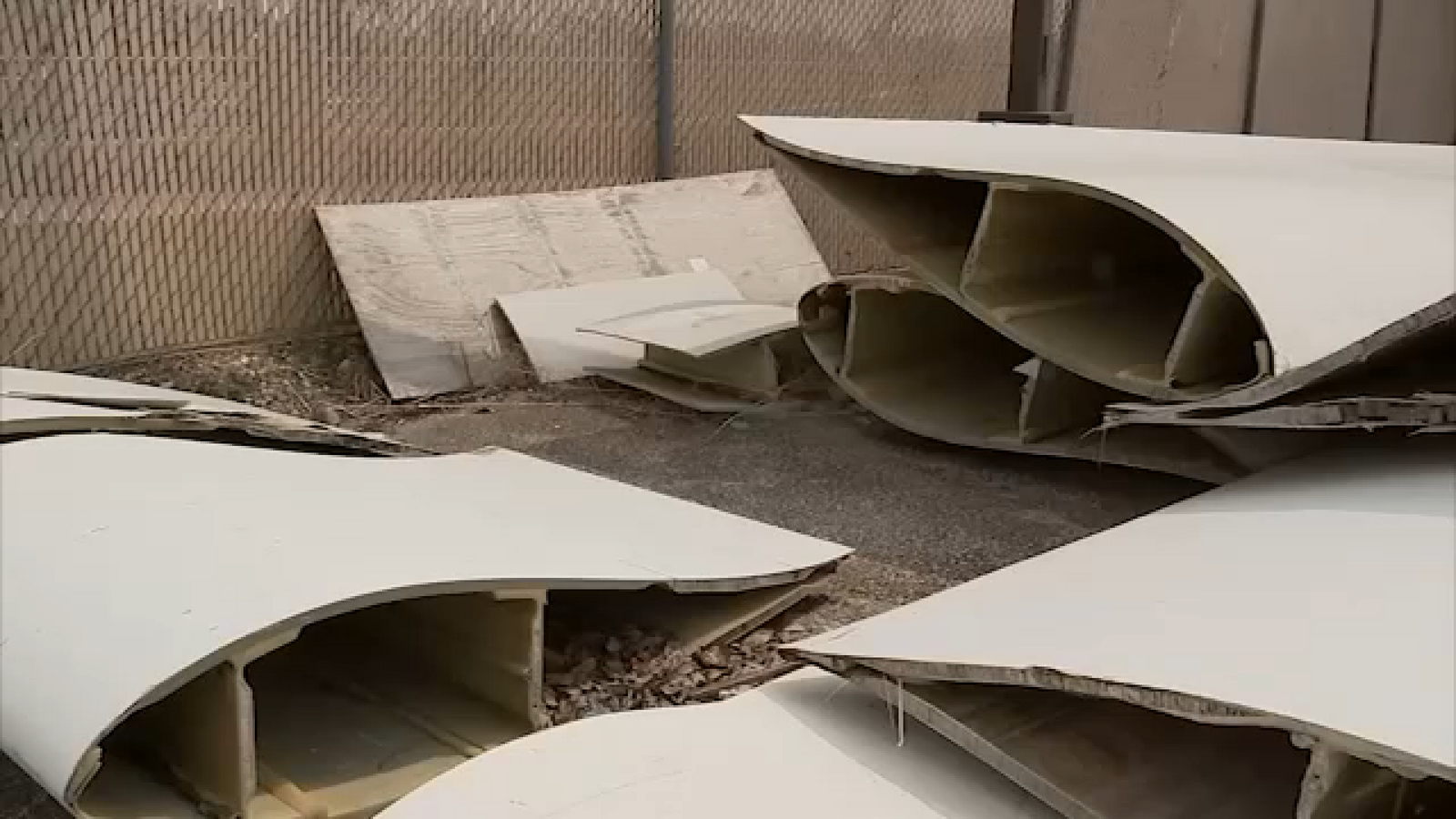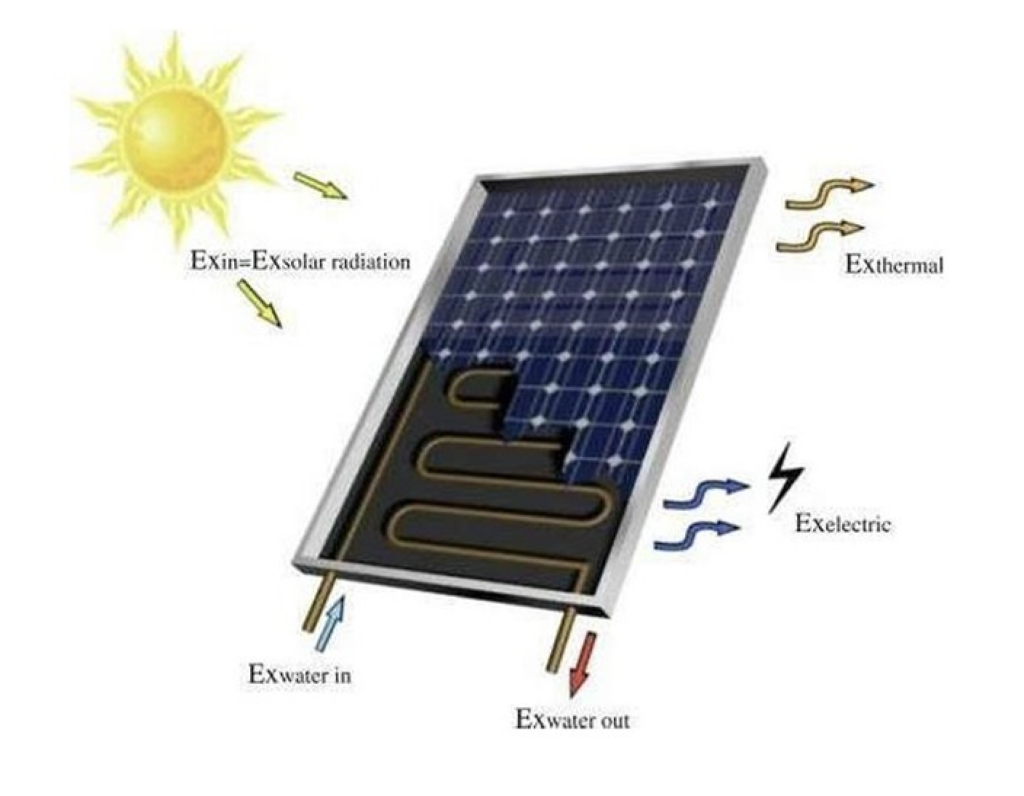Houston research group finds ways to upcycle wind turbines – ABC13 Houston

Report on Wind Turbine Blade Upcycling and Contribution to Sustainable Development Goals
Introduction: Wind Energy and the Sustainability Challenge
A 2023 report from the Texas Comptroller’s Office identifies wind energy as the state’s second-largest source of energy production, trailing only natural gas. The recent commissioning of a 160-megawatt wind farm in Wharton County in May 2024 further solidifies the state’s commitment to renewable energy. This expansion directly supports Sustainable Development Goal 7 (SDG 7: Affordable and Clean Energy) by increasing the share of renewable energy in the global energy mix. However, the end-of-life management of wind turbine components presents a significant environmental challenge, potentially undermining the sector’s sustainability credentials and conflicting with SDG 12 (Responsible Consumption and Production).
Addressing End-of-Life Waste in Alignment with SDG 12
The Recycling Obstacle
While the core materials of wind turbine blades are recyclable, the composite resin used in their construction makes conventional recycling methods exceptionally difficult and economically unviable. Consequently, a substantial number of decommissioned blades are disposed of in landfills, creating large-scale industrial waste sites. This practice is in direct opposition to the principles of a circular economy and the targets of SDG 12, which call for a substantial reduction in waste generation through prevention, reduction, recycling, and reuse.
An Innovative Upcycling Solution
In a significant development, a research team at the University of Houston has pioneered an upcycling method to repurpose retired turbine blades, transforming a waste product into a valuable resource. This initiative prevents landfill disposal and extends the material’s functional lifespan by an estimated 20 to 50 years, creating a circular solution that strongly aligns with SDG 12.
Contributions to Sustainable Infrastructure and Innovation (SDG 9 & SDG 11)
Material Strength and Viability
The research has demonstrated that the material from decommissioned blades possesses remarkable structural integrity. Key findings include:
- Six times the strength of concrete
- Ten percent greater strength than steel
This inherent durability makes the material suitable for immediate use in various construction and infrastructure projects without extensive reprocessing, thereby supporting SDG 9 (Industry, Innovation, and Infrastructure) by promoting resilient and sustainable infrastructure development.
Potential Applications for Sustainable Communities
The University of Houston team has developed prototypes and renderings for several practical applications that contribute to SDG 11 (Sustainable Cities and Communities). By using upcycled blades, communities can build durable and low-impact public infrastructure. Potential applications include:
- Overhead highway signage
- Pedestrian bridges
- Public benches and shade canopies
- Children’s playground equipment
Conclusion: Economic and Environmental Outlook
The project aims to convert what is currently a financial and environmental liability for wind farm operators into a valuable asset. With a projected supply of decommissioned blades available for the next three decades, this upcycling initiative presents a scalable and long-term solution. By addressing the end-of-life waste issue, this innovation reinforces the role of wind energy as a critical tool for SDG 13 (Climate Action), ensuring that the transition to clean energy is holistically sustainable from production to decommissioning.
Analysis of Sustainable Development Goals in the Article
1. Which SDGs are addressed or connected to the issues highlighted in the article?
-
SDG 7: Affordable and Clean Energy
The article begins by establishing the context of wind energy in Texas, noting it is the second-largest source of energy production in the state and mentioning a new wind farm. This directly relates to the goal of increasing the use of clean and renewable energy sources.
-
SDG 9: Industry, Innovation and Infrastructure
The core of the article focuses on the innovative solution developed by a research group at the University of Houston to upcycle wind turbine blades. This work represents scientific research and technological advancement. Furthermore, the proposed new uses for the blades—such as overhead signs, pedestrian bridges, and benches—relate to building resilient and sustainable infrastructure.
-
SDG 11: Sustainable Cities and Communities
The article addresses the problem of waste management, specifically the “windmill graveyards” or massive landfills where decommissioned blades end up. By finding a way to prevent this waste, the innovation contributes to reducing the environmental impact of waste. The potential applications for the upcycled blades, like pedestrian bridges and playgrounds, are elements of sustainable urban infrastructure.
-
SDG 12: Responsible Consumption and Production
This is a central theme of the article. The issue is the unsustainable end-of-life stage for wind turbine blades. The solution—upcycling—is a direct example of promoting reuse and substantially reducing waste generation, moving away from a linear “take-make-dispose” model towards a more circular economy.
2. What specific targets under those SDGs can be identified based on the article’s content?
-
Target 7.2: Increase substantially the share of renewable energy in the global energy mix.
The article supports this target by highlighting the significant role of wind energy in Texas, stating it is “only second to natural gas when it comes to energy production.” The opening of a new wind farm in Wharton County in May 2024 further demonstrates an increase in renewable energy capacity.
-
Target 9.5: Enhance scientific research, upgrade the technological capabilities of industrial sectors in all countries…encouraging innovation.
The work of Dr. Gangbin Song and his research team at the University of Houston is a direct example of this target. They have conducted research to develop a new process for upcycling materials previously considered unrecyclable, thereby upgrading technological capabilities in the renewable energy and construction sectors.
-
Target 12.5: By 2030, substantially reduce waste generation through prevention, reduction, recycling and reuse.
The article’s main focus is on a solution that directly addresses this target. The research aims to prevent turbine blades from ending up in “massive landfills” by repurposing them. The article states that this upcycling practice “prevents them from ending up in landfills and extends their lifespan by 20 to 50 years,” which is a clear example of waste reduction through reuse.
3. Are there any indicators mentioned or implied in the article that can be used to measure progress towards the identified targets?
-
Indicator for Target 7.2 (related to 7.2.1: Renewable energy share in the total final energy consumption)
The article provides qualitative and quantitative data points that can serve as indicators. It states that wind energy is “second to natural gas” in Texas, indicating a significant share. It also mentions that the new Wharton County wind farm “produces 160 megawatts of power,” which is a specific measure of new renewable energy capacity being added to the grid.
-
Indicator for Target 9.5 (related to 9.5.1: Research and development expenditure)
While the article does not provide a monetary value for R&D spending, it implies progress through the tangible outcomes of the research. The creation of a “prototype of an overhead sign” from old blades serves as a qualitative indicator of successful innovation and applied scientific research.
-
Indicator for Target 12.5 (related to 12.5.1: National recycling rate, tons of material recycled)
The article implies a shift in the recycling/reuse rate for turbine blades. Currently, the outer resin makes them “extremely difficult to recycle,” leading them to landfills. The new process turns this waste (“a liability”) into a resource (“an asset”). The statement that the “supply of decommissioned blades is in place for the next 30 years” suggests a measurable quantity of material that can be diverted from landfills and reused, thus directly impacting the recycling and reuse rate for this specific waste stream.
4. Table of SDGs, Targets, and Indicators
| SDGs | Targets | Indicators |
|---|---|---|
| SDG 7: Affordable and Clean Energy | 7.2: Increase substantially the share of renewable energy in the global energy mix. | The article notes wind energy is second only to natural gas in Texas and a new farm produces 160 megawatts, indicating a growing share of renewable energy. |
| SDG 9: Industry, Innovation and Infrastructure | 9.5: Enhance scientific research, upgrade the technological capabilities of industrial sectors…encouraging innovation. | The University of Houston research group’s work and the creation of a prototype overhead sign from old blades serve as a tangible outcome of innovation. |
| SDG 12: Responsible Consumption and Production | 12.5: By 2030, substantially reduce waste generation through prevention, reduction, recycling and reuse. | The upcycling process prevents blades from going to “massive landfills” and extends their lifespan by 20-50 years, directly impacting the reuse rate of materials that would otherwise be waste. |
Source: abc13.com
What is Your Reaction?
 Like
0
Like
0
 Dislike
0
Dislike
0
 Love
0
Love
0
 Funny
0
Funny
0
 Angry
0
Angry
0
 Sad
0
Sad
0
 Wow
0
Wow
0

















































.jpg.webp?itok=0ZsAnae9#)
























